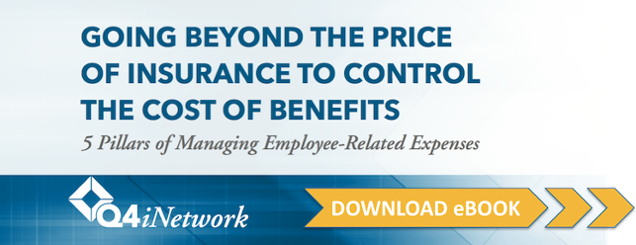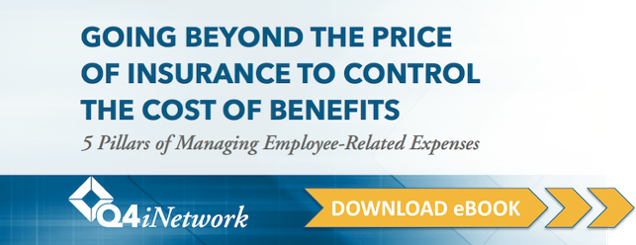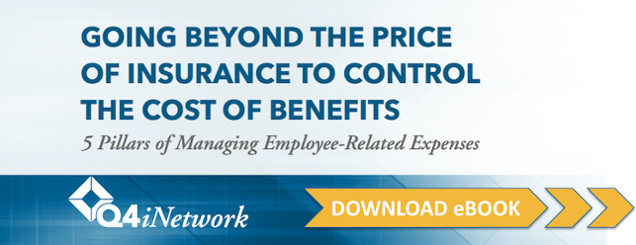How many to do lists do you have going? If you’re like most people, you probably have more than one. But be honest. Are these things actually getting done?
Setting goals and creating a list of the tasks necessary to achieve them are two critical steps toward productivity. But the best intentions don’t always yield the best results.
You’ve got to commit
Making goals and plans and lists feels great. Sometimes, it feels so great that you forget to follow through and actually make it happen. If your plan only involves yourself, you might be able to let it slide. So you didn’t read War and Peace. No big deal.
But if you’re a business leader, your plans probably involve lots of other people. Your plan and your tasks are all part of a much bigger system. And when you don’t come through, it’s a much bigger problem.
In this case, what you need some good old accountability. But not the old kind, where you get rapped on the knuckles when you do something wrong. If that worked, we’d all have nothing but sore fingers and checked off boxes. What you want to do is collaborate with other people who are working on the same plan, and find ways to support each other in getting things done.
Check in regularly
Weekly check-ins can be an extremely helpful tool for accomplishing this. Call it your weekly meet-up, your team check-in, or your accountability planning session. Whatever works! The key is to have a partner you work closely with such as a coworker, colleague, manager, supervisor, or leader, and get together to talk about the week’s activities and results.
Go over your must-do projects together on Monday so everyone is on the same page for the week. But you can’t just stop there. You will also want to talk about how you can support each other in achieving your goals, and then report your results to each other at the end of the week.
This may seem a bit intrusive and daunting at first, but the results are fantastic— and addictive. The amount of productive work that gets accomplished when you know you’re going to be supported during the week and held accountable at the end of the week is amazing. You can move so far so quickly when you are able to focus on the projects and activities that generate results, rather than just filing your day with unstructured tasks, to do lists, and busy work.
Accountability brings focus
Making lists is easy. Making progress is much harder. Implementing a quick, efficient, and standardized accountability system will help you do both.
When everyone knows exactly what they are supposed to be doing during the week, your team will be more efficient, more productive, and less stressed. Finishing one thing no longer requires stopping to figure out what comes next. All you have to do is work down the weekly list.
How should you maintain this list? There are many options. Adopt a system that works for you and your team. Whether it’s an old school notepad or planner, or a fancy project management platform doesn’t really matter, as long as it helps you accomplish your goals and track your results. At the end of the day, the best planning tool is the one you will use. Just make sure you it’s a reliable method so your planning is easy and consistent.
The real value doesn’t lie in the sophistication of the document or the tracking system, but in taking the time to think about your business, and what critical tasks need to be completed by the end of each week to keep you moving forward toward your goals.
Photo by langstrup
![]()









